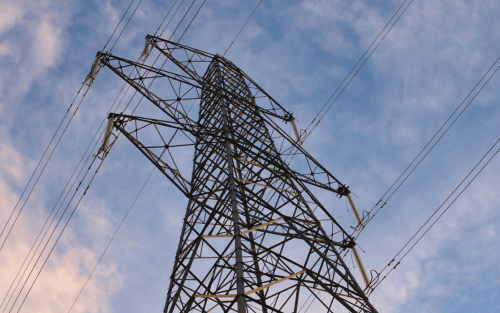Infrastructure projects and the local elections

Infrastructure projects can drive division within parties, but the distance that councillors have from the planning decision means that they seldom cause seats to change hands.
A central question that many watchers of local elections ask is to what extent the outcomes are a result of local or national issues, particularly when results at national and local levels can diverge to great extents.
The politics of infrastructure projects in particular exposes the gap between local and national party politics. It’s often the case that projects that are promoted by parties as a matter of national policy are opposed by councillors of that same party at a local level.
Being on the ground representatives, it is local politicians that are often ahead of national politicians (backbench MPs included) in adjusting their positions to reflect the mood of their constituents.
An important reason why we see this disconnect so frequently is that the planning decision is separated from local decision-makers. The decision on whether to proceed with infrastructure projects is usually made at a national level by the relevant Secretary of State (or is a matter of government policy). Although local authorities may retain consenting powers, or act as important consultees in the case of Nationally Significant Infrastructure Projects (NSIPs), controversial or unpopular projects are often seen as a national thing that is being imposed on a given area with the perceived harm being greater than the perceived benefits.
Ultimately, in cases where local opinion is strongly against a proposal, local politicians have little choice other than to be led by the views of their constituents. HS2 offers a great example of this. The project was conceived under a Labour government and progressed under the Conservative-Liberal Democrat coalition before receiving its final go-ahead under a Conservative administration. Despite enjoying national cross-party support, the project faces heavy local opposition along parts of its route including in Buckinghamshire and North Warwickshire. In each case, Conservative-led local authorities have opposed the project and have campaigned on platforms of doing so.
In Buckinghamshire, the project has influenced past local election results. UKIP’s strong performance in 2013 centred on electoral divisions that were particularly affected by the proposed HS2 route. These successes did not persevere in subsequent elections, not least because the local Conservative group’s strong stance against the project negated the potency of the issue. In short, the voters saw that their councillors were doing all that they could to oppose it even if this did little to change the government’s position.
Despite this, such divergence between national and local positions is not always apparent. Not all infrastructure projects are ‘new’ and rather involve updating or replacing existing infrastructure. In these cases, local authorities are often supportive of national policy while seeking to maximise the local benefits of the project.
Sizewell C and Hinkley Point C would fit this description. Each project has experienced opposition that is rooted in national debate (opposition to nuclear in principle) and local impacts while the host authority has been broadly supportive (reflective of local and national support for the economic benefits). The Green Party has experienced success in the Suffolk coastal region (the party holds five seats in East Suffolk), in part, because it has been able to demonstrate opposition to Sizewell C and other proposed energy infrastructure in the area. Such murmurings of dissent have never been sufficient to result in the authority changing hands as they are just that, murmurings.
Has there been a case of an infrastructure project resulting in a turnover of control at a Council? Uttlesford in 2019 appears a strong candidate for this honour. Having granted permission for the expansion of Stansted Airport to expand to handle 43 million passengers annually in 2018, the authority held off ratifying the decision with the incumbent Conservative administration accused of trying to rush the decision through prior to local elections in May 2019. The localist Residents for Uttlesford (R4U) party comprehensively won those elections and referred the decision back to the planning committee where it was refused.
The fact that the decision on airport expansion was made locally, rather than nationally by the Secretary of State, really brought the issue into the elections. However, Stansted was just one of several issues that drove a switch from the Conservatives to R4U, including dissatisfaction with government housing targets and the building of local infrastructure. In this sense, the application to expand Stansted arrived at the perfect time to help bring about a change in control that had been brewing for years.
The conclusion here shouldn’t be too surprising, incumbent councillors and local authorities place a great emphasis on local opinion and, when they lack direct control over the outcome, can adopt completely divergent positions from their national party. The result is that new infrastructure isn’t usually a driver of turnover at local elections. Rather than affect local election outcomes, opposition and local campaigning relating to infrastructure projects transmits its way upwards to present MPs and the government with more difficult choices than the local electors.








